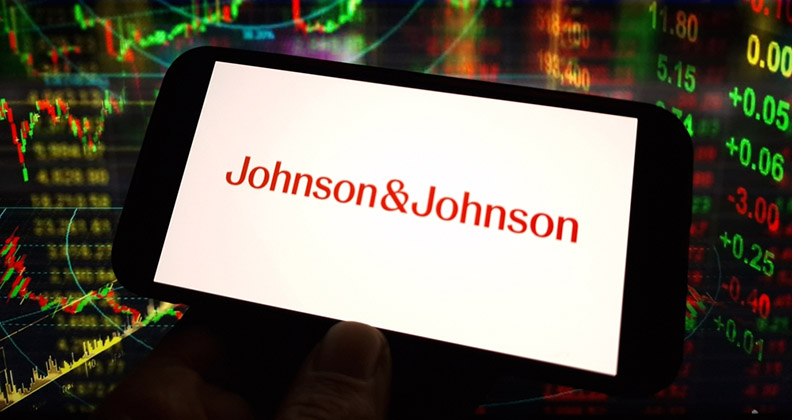
NuVasive started the planning process to enter Japan’s orthopaedic market more than half a decade ago. This year, the company announced the opening of its first office in that country, as well as treatment of more than 1,000 Japanese patients with NuVasive technologies.
BONEZONE and Russell Powers, Executive Vice President, International at NuVasive, sat down at the NASS Annual Meeting to discuss the opportunities and challenges found in the largest orthopaedic market outside of the U.S.
BONEZONE: What did NuVasive find attractive about the Japanese market? What advantages does that market offer?
Russell Powers: Japan is the largest medical device market outside of the U.S. While many of the emerging markets like China are growing at a faster pace, Japan offers a great opportunity with attractive market economics, high pricing, established regulatory pathways and highly-trained surgeons. NuVasive is currently the number four spine company globally. As we continue to grow to our billion dollar milestone, it’s essential that we expand our business outside the U.S. Japan is one of our top focused countries.
Some of the best spine surgeons in the world are located in Japan. They have a rich history of developing new techniques in orthopaedics and spine, especially involving the use of minimally invasive technology. NuVasive’s minimally disruptive products and procedures are a natural fit in Japan.
From a market and industry perspective, Japan offers the highest ASP of any country outside the U.S. It also has an aging patient population driving very high demand for general orthopaedic and spinal implants.
BONEZONE: What challenges does this region present?
Powers: Japan is a very difficult market to enter, with high barriers to entry. Many smaller device companies decide not to participate there. The biggest hurdle that any company faces is getting products approved by the MHLW (Ministry of Health Labor and Welfare). The extensive review process requires significant testing and documentation for “me too” products, and many new devices require prospective clinical trials conducted in Japan. You must be prepared to invest time, money and resources and be prepared to wait two to five years for product approvals.
Once you have that, you have to navigate the established distribution network that has been in Japan for more than 30 years, and accept the cultural differences that require a different way of doing business.
Plus, you must also consider the varying surgeon and patient requirements that are vastly different than patients from North America and Europe.
BONEZONE: Based on the barriers you’ve encountered in entering the market, what advice can you offer other OEMs seeking to do the same?
Powers: Be prepared to invest and wait. You can’t expect to enter the market quickly and be profitable in the first few years. You must have a strategy that defines a very clear regulatory pathway and a thoughtful go-to-market plan.
And it all starts with people. You must hire the best. Takaaki Tanaka is our Executive Vice President, Asia Pacific and President, for NuVasive Japan. He is an industry stalwart who helped build the spine industry in Japan, and he is our key to success. He’s built a very strong senior leadership team in Japan and is hiring the best sales force in the industry.
Finally, you have to be open to doing business differently in Japan, which may include in-country product development or patient/surgeon specific instrument and implant designs. Oh, and did I mention it was costly to do business in Japan? In the end, it’s all worth it. Knowing that you’re changing patient’s lives in countries throughout the world, including Japan, is extremely satisfying and worth the time and investment.
BONEZONE: What expansion do you expect in the market?
Powers: We estimate the spinal implant market to be between $350 million to 400 million, growing in the single digits. We believe the minimally invasive surgery spinal market to be growing at a much faster pace, in the double digits.
BONEZONE: Are you seeing different trends in the spine market in Japan than you are in the U.S.?
Powers: The Asian population does have a higher incidence of certain spinal disorders than people from North America or Europe. Thus, you may be required to develop specific systems to treat these pathologies. Materials and bone graft options are a consideration, because certain materials aren’t available in Japan.
There are also different surgeon and patient requirements when it comes to sizing. It’s difficult to take a system that you are selling off the shelf in North America and simply sell it in Japan. They need smaller sizes of implants and on some occasions, smaller sized instruments. Due diligence and market research will yield a good feel for the varied patient and surgeon requirements.
There is also an aging patient population in Japan. It’s not uncommon for women to live over the age of 100. At the age of 80 or 85 they may have degenerative disc disease or degenerative scoliosis, and need treatment because they have another 20 years that they’re going to live. The aging patient population makes Japan very attractive, not just for spine, but for all orthopaedic companies.




